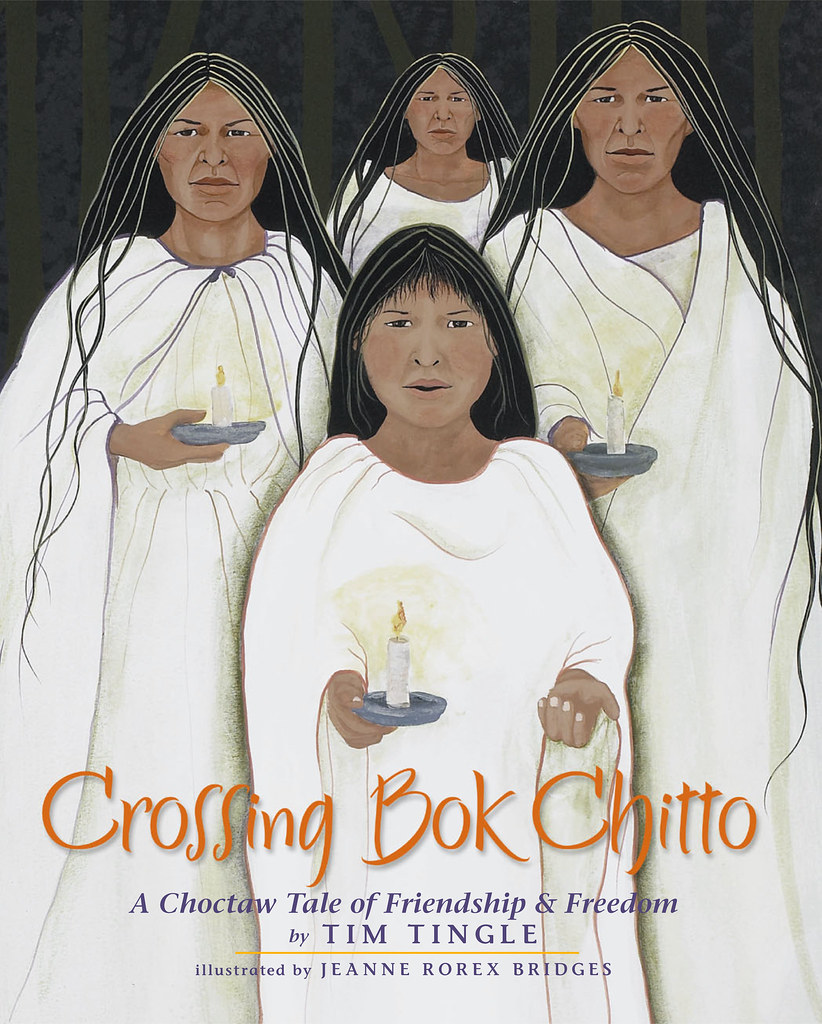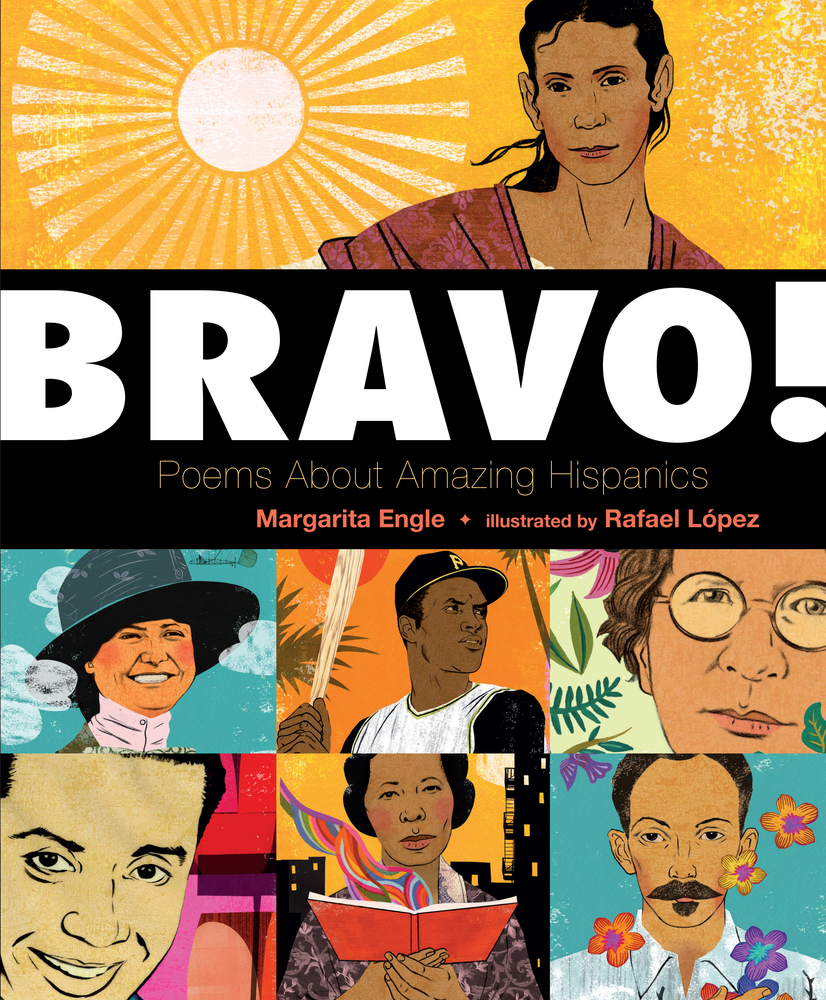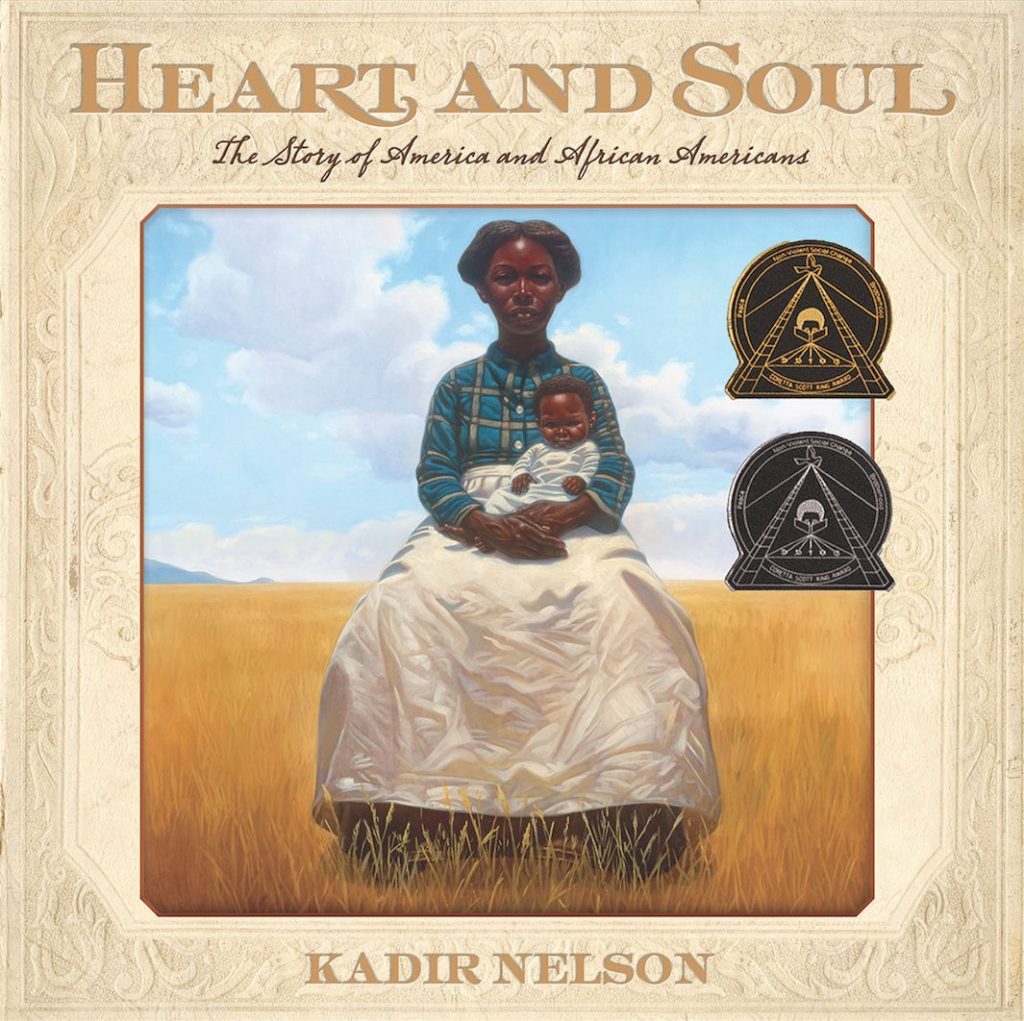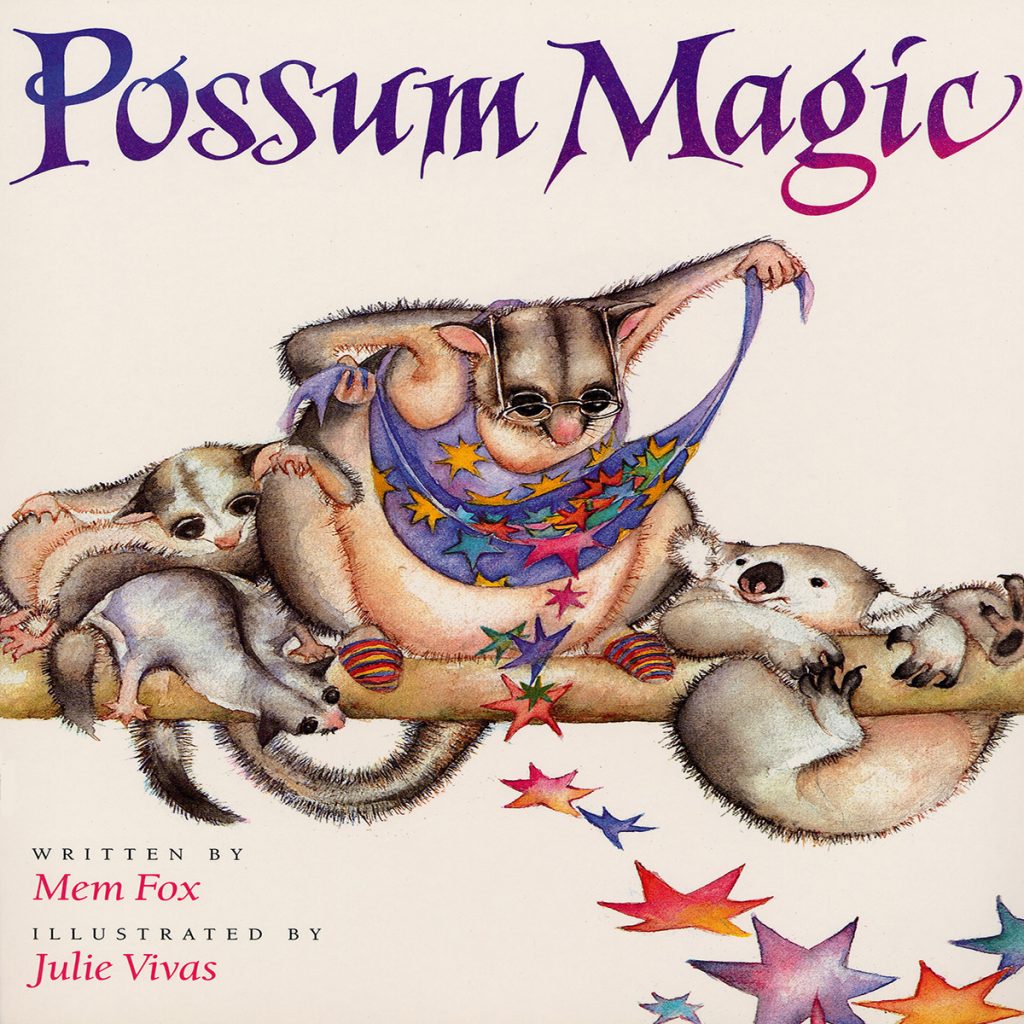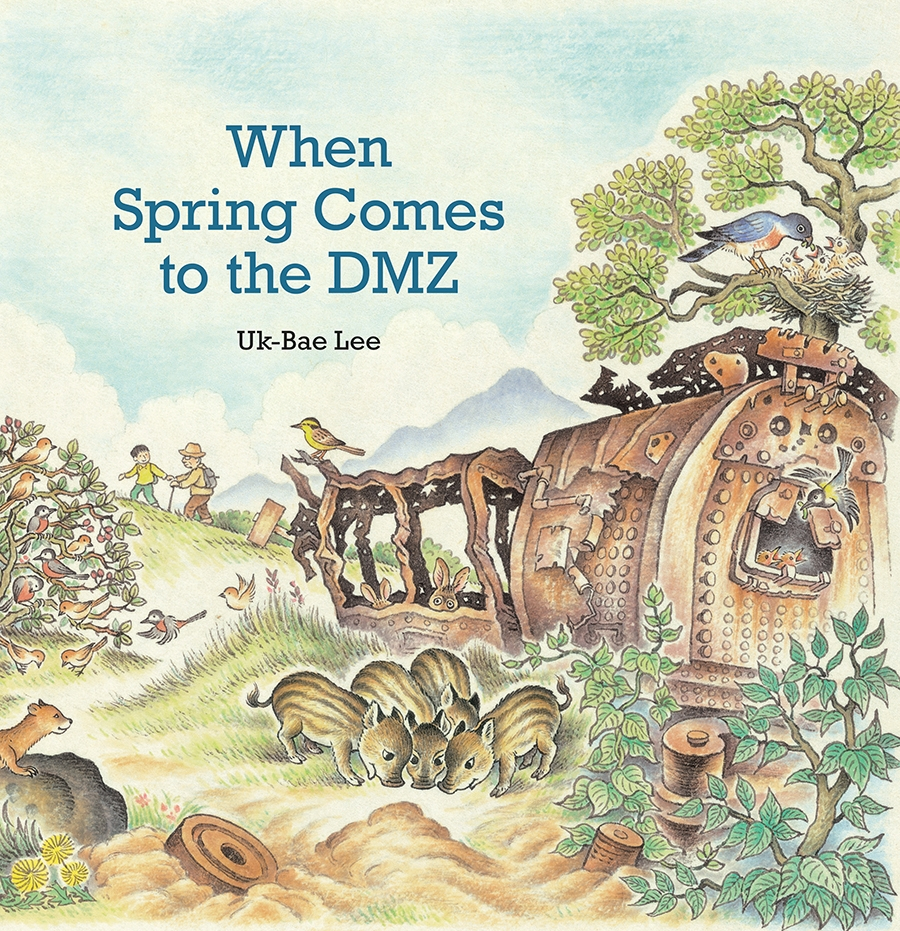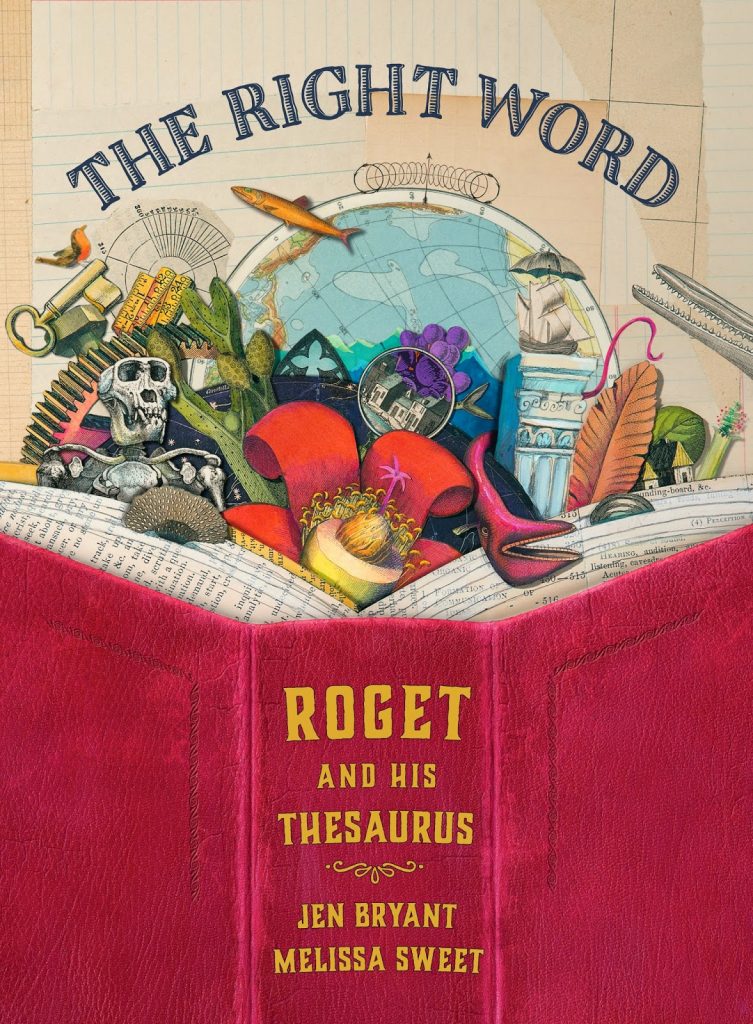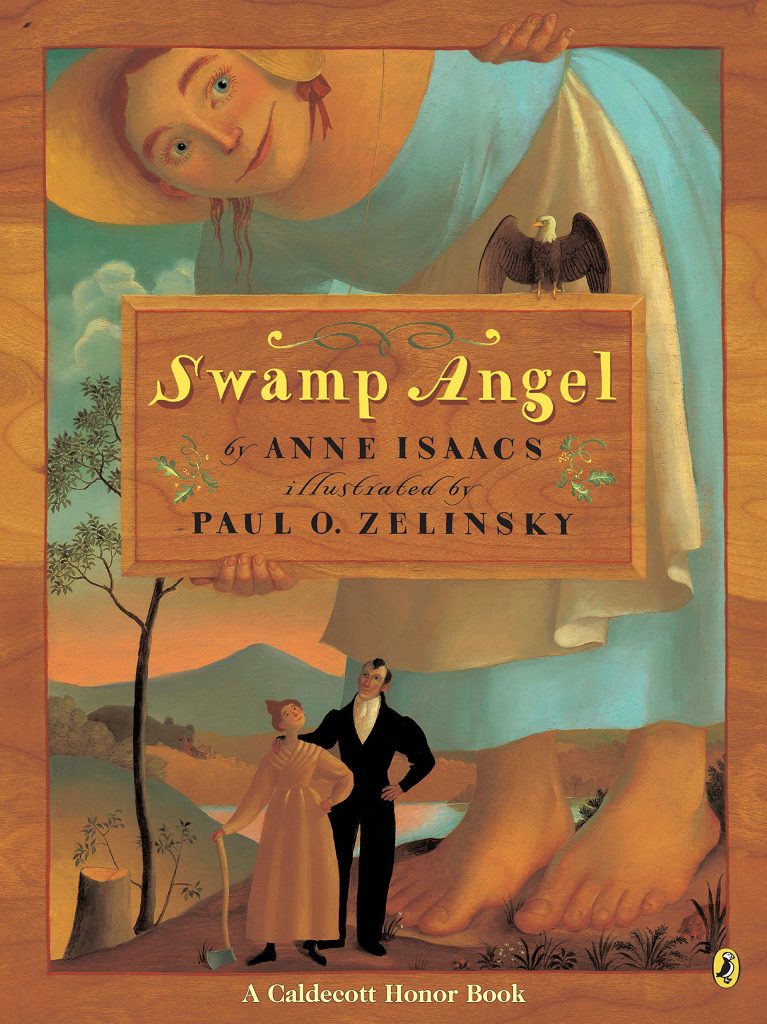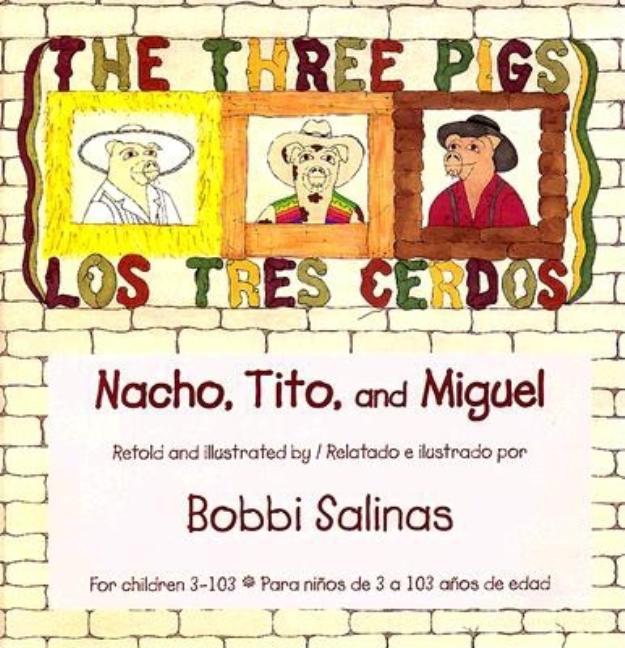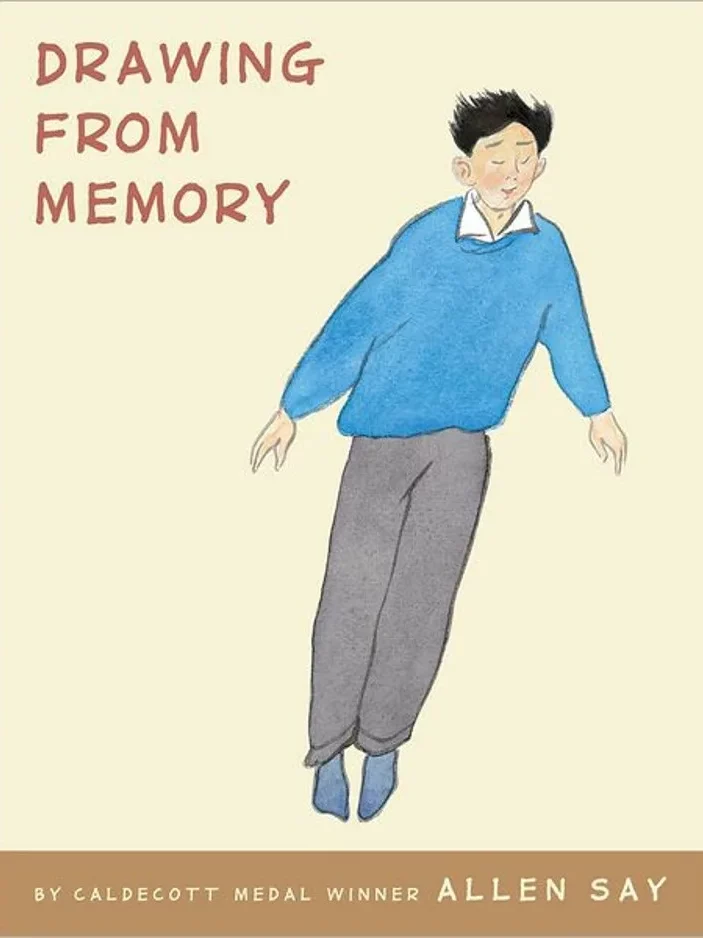
1. Bibliography
Say, Allen. 2011. Drawing from Memory. New York: Scholastic. ISBN 978-0-545-17686-6
2. Plot Summary
Drawing from Memory is the autobiographical picture storybook of Allen Say’s childhood in Japan. Say quickly grew to love drawing comics as a child, something his father disapproved of. After his parents divorced, Say was sent to stay with his grandmother. She, too, disapproved of Say’s passion for drawing, hoping instead that he would be accepted into the prestigious Aoyama Middle School. When Say learned that he’d get his own apartment if he got accepted, he studied hard. At age twelve, Say left for Aoyama, receiving his own apartment where he was free to draw in peace. Learning that the Japanese comics master, Noro Shinpei, lived in town, Say asked to be his apprentice. Lucky for Say, Shinpei accepted. Say began to perfect his art technique with the master, who quickly became like a father. Say’s real father would periodically invite his son to events with his new family, but Say was uninterested. One day, Say received a letter from his father inviting Say to accompany his family to America, where they planned to make a new home. Say was initially reluctant, but Shinpei encouraged him to go, believing that Say would have better opportunities as a budding artist in America. Drawing from Memory ends with Say’s departure. The book also includes an author’s note section which pays homage to Shinpei and the special relationship Say and Shinpei shared even after Say left for America.
3. Critical Analysis
Popular stereotypical images of “Asians” often include young geniuses who excel in STEM and music with laser focus and have no interest in any other subject. Obviously, “Asians” (who make up over 50 different countries with a plethora of languages, religions, and interests) are not a monolith, and Allen Say’s book Drawing from Memory proves it. Allen Say’s autobiographical story is notabout a math genius, a music genius or a boy who hopes to make it as a STEM leader (although authentic stories about those subject are important too!). Say is only motivated to do well in school because of his love of art—he studies hard to get into the prestigious Aoyama Middle School so that he’ll have an apartment and “art studio” to himself. And Allen isn’t the book’s only art lover. Allen’s fellow apprentice is high school dropout whose passion for art was so great that he escaped home and walked over 350 miles to study with the master of comics. The other Japanese artists that Allen comes in contact with are successful in their craft. Harmful stereotypes are thrown out in favor of authentic personal experiences.
The historical details of Say’s narrative also add depth to the story. Not only does Say lay out the complicated timeline of his family and interfamilial relationships, but he also lays out the world setting. Say talks about World War II, the bombing of the family house in Yokohama, and the labor strikes and the police backlash of the late 40s and early 50s. Along with historical details, Say provides readers with a glance of the values and beliefs that were important in Japan during the 1940s and -50s. His parents stressed the importance of education, but often disapproved of his love for art, his father claiming it wasn’t respectable and was only meant for “lazy and scruffy people.” Art was not important, at least to Say’s family. Interestingly, independence seems to have been highly valued. For Say, living an independent life was offered much earlier than in some other cultures. Say left for an apartment of his own when he was only 12 and his fellow apprentice left home and got a job at age 15. His independence seems to have given Say a mature perspective of his mother’s sacrifice on his behalf, helping him to make the decision to go to America with his father and relieve his mother of the financial burden that Say’s schooling and housing had created for her. Divorce was not valued in Japan—Say hides his family situation from his acquaintances, and when his fellow apprentice finds out, the apprentice comments, “Only American movie stars get divorced.” Say’s details allow readers to understand and reflect on the Japanese cultural values that were important during Say’s childhood, adding substance to the story.
The appealing format of Say’s story also makes it unforgettable to readers. The composition style is original, but well done: sketches, photographs, comics, watercolors, ink on paper, and historical images line the pages, bringing Say’s childhood to life in intimate detail, and making it clear to readers that Say has indeed become the artist Shinpei hoped he would be. This is a thoroughly engaging story about the pre-U.S. immigration story that readers oftentimes don’t get to hear. Engaging and artistic, Drawing from Memory would make a great choice for middle grade graphic novel fans, history buffs, artists, or anyone interested in learning about a young Japanese perspective. Highly recommended.
4. Rewards and Review Excerpts
Cybils Awards, 2011, Nominee, Graphic Novels, Young Adult
Robert F. Sibert Informational Book Medal, 2012, Honor Book
Horn Book Fanfare, 2011, Nonfiction Pick
New York Times Notable Children’s Books, 2011, Middle Grade
Kirkus Best Children’s Books List, 2011
From Kirkus: “Exquisite drawings, paintings, comics and photographs balance each other perfectly as they illustrate Say’s childhood path to becoming an artist. . . . Aesthetically superb; this will fascinate comics readers and budding artists while creating new Say fans.”
From Bulletin: “There’s a thoughtful, measured quality to Say’s modest storytelling, but it’s never dry; compact, simple sentences convey an existence teeming with human interaction (even from afar, his father exerts an influence) and human endeavor as the young boy develops his artistic skills. The narrative is as visual as it is textual, with period photographs, art from Say’s youth, and occasional images from his books joining forces with new illustrations that document his past in clean-lined graphic-novel-styled panel art. While this will obviously appeal to fans of Say’s books, young artists in general will warm to the account of artistic apprenticeship. . .”
5. Connections
Allen Say has his own cartoon character alter ego, Kyusuke, who goes on adventures. Allow middle graders to browse books about drawing comics and provide them with panels to draw their own. After a few sessions of drawing their own comics, invite middle graders to pass their comics around to be read by their classmates. The following comic how-tos might be helpful:
- Taylor, Des. Cartoons and Manga. ISBN 9781448852833
- Hart, Christopher. Manga Mania: Chibi and Furry characters. ISBN 9780823029778
- Bridges, Ruby. Draw Your Own Manga: Beyond the Basics. ISBN 9784770023049
- Arcturus Publishing. The Complete Guide to Drawing Comics. ISBN 9781784045128
Allen Say has written many, many books and won many, many awards. Create a display of his books. The following are possible options:
- Grandfather’s Journey. ISBN 9780547076805
- The Favorite Daughter. ISBN 9780605862326
- Tea with Milk. ISBN 9780395904954
- Silent Days, Silent Dreams. ISBN 9780545927611
- The Inker’s Shadow. ISBN 9780545437769
- The Sign Painter. ISBN 9780547771953
